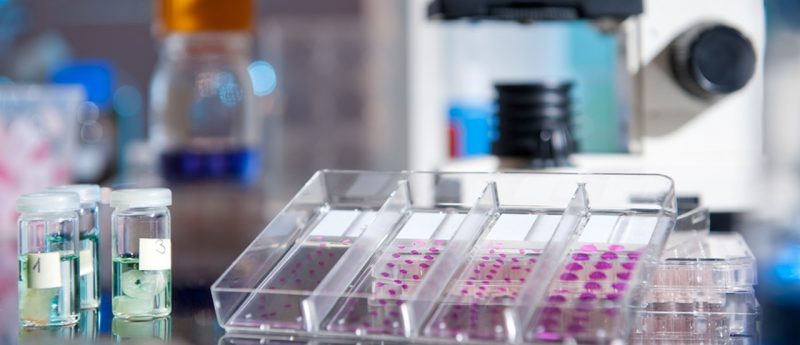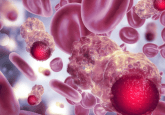Body-on-a-chip: a new model for oncological drug toxicity testing

A novel body-on-a-chip device has been designed which could be able to reduce the number of human and animal models required in testing anticancer drug toxicity. The toxicity of doxorubicin, a chemotherapy medication utilized to treat many different cancers, was tested on heart cells mounted on the Integrated Heart/Cancer on a Chip (iHCC).
Researchers at Kyoto University’s Institute for Integrated Cell-Material Sciences (Japan) demonstrated that whilst the drug itself was not toxic to heart cells, a metabolite of the drug resulting from its interaction with cancer cells was.
The study, published in the Royal Society of Chemistry Advances, described the device as smaller than a microscope slide, made up of six tiny chambers. Every two chambers are connected by microchannels, port inlets and valves. Movement of the fluid through the channels is controlled by a pneumatic pump. Each pair of chambers and their separate microchannel system constitute a single test bed, and three beds in the device allow the introduction of minor changes in each bed to simultaneously compare results.
When first tested in separate wells, doxorubicin had the expected anticancer effect on cancerous cells without causing damage to the heart cells. However, different results were seen when the team repeated the experiment, on the iHCC device, with heart cells placed in one well and liver cancer cells in another.
In this experiment, researchers introduced doxorubicin into a cell culture medium, circulating through a closed-loop system of microchannels that connects the two chambers, mimicking the blood’s circulatory system. In this test, the drug flowed unidirectionally in a continuous loop through both chambers.
During these conditions, signs of toxicity were demonstrated in both the cancer and heart cells. Doxorubicinol, a metabolite by-product of doxorubicin, was hypothesized to be causing the toxic effect by interacting with the cancer cells. Doxorubicinol was added to heart cells and liver cancer cells cultured separately in small wells to test this hypothesis, and was demonstrated to be toxic to the heart cells but not to the liver cancer cells.
Doxorubicinol is produced in too small quantities to be toxic to the heart cells when doxorubicin alone is added to the liver cancer cells. The team believes this is because the amount of cell culture medium needed for the well-based tests dilutes the metabolite, an issue removed in the iHCC device. This is due to the device utilizing a smaller volume of cell culture and as a result, the drug does have a toxic effect on the heart cells via its metabolite.
Further improvements and developments are required, but this study highlights the potential of the device in investigating the toxic side effects of anticancer drugs on heart cells before considering expensive clinical trials.
Sources: Kamei K-I, Yoshiki K, Hirai Y et al. Integrated heart/cancer on a chip to reproduce the side effects of anti-cancer drugs in vitro. RSC Adv. 7, 36777–36786 (2017); www.eurekalert.org/pub_releases/2017-08/ku-ndt082417.php




